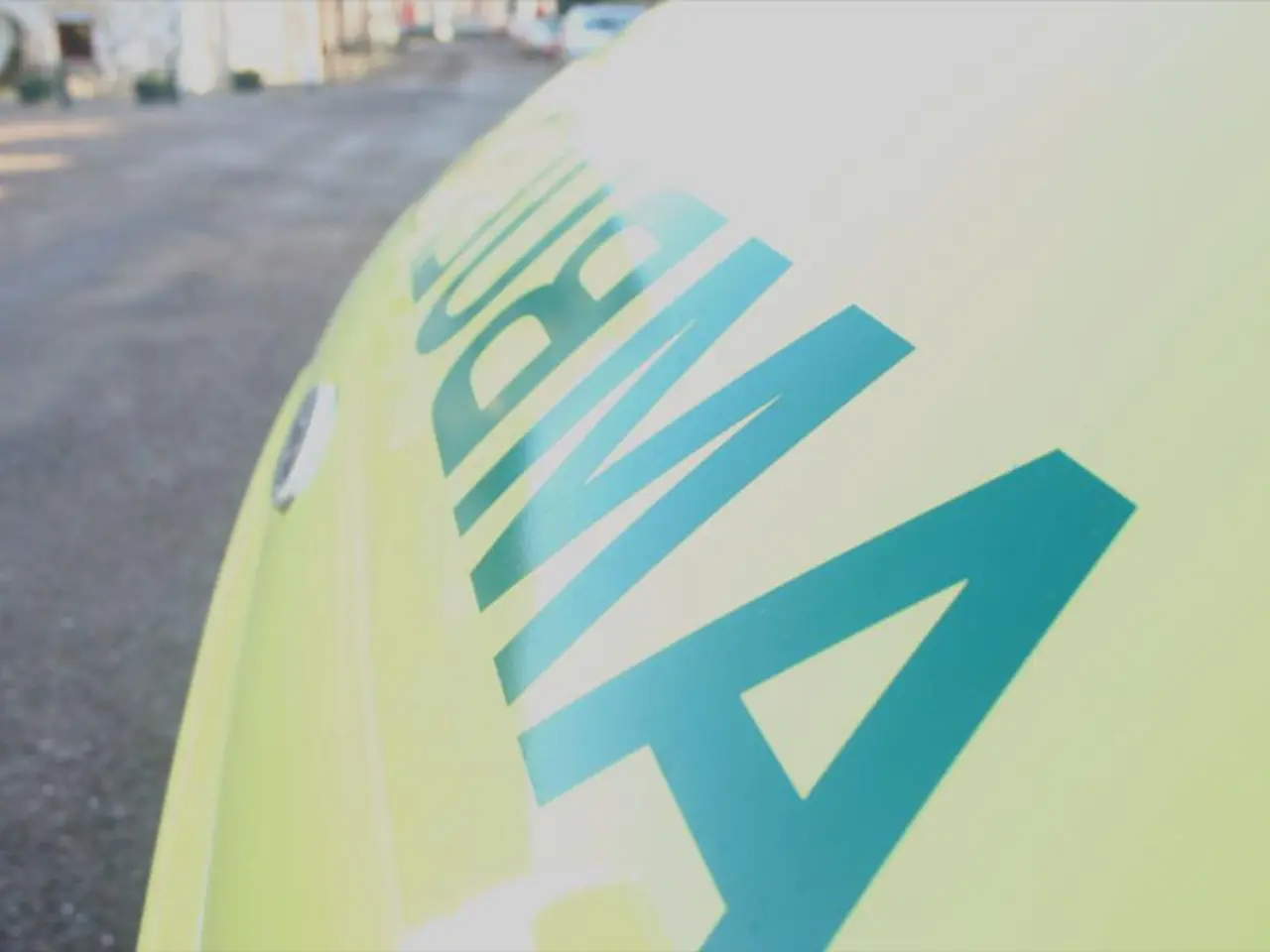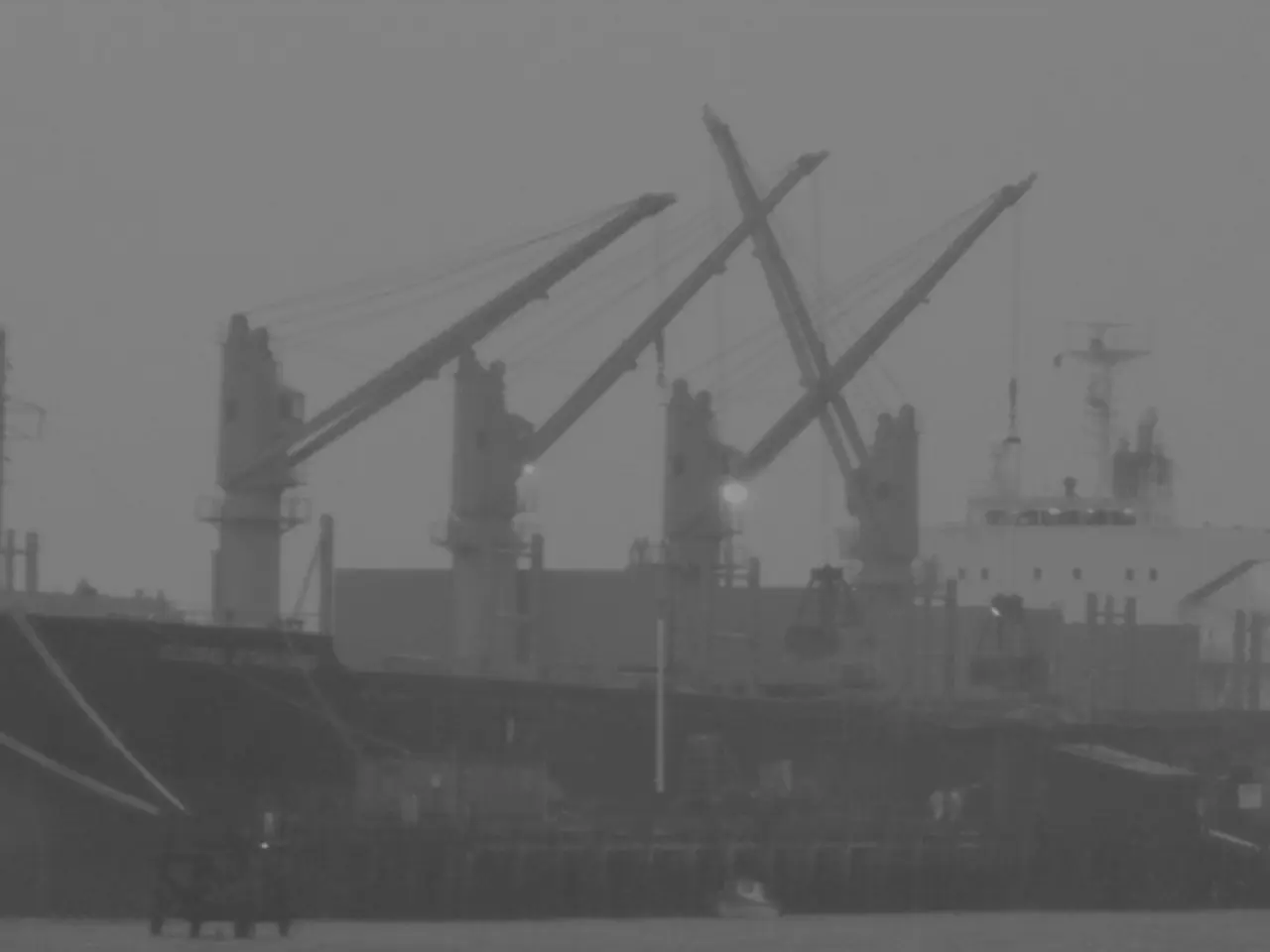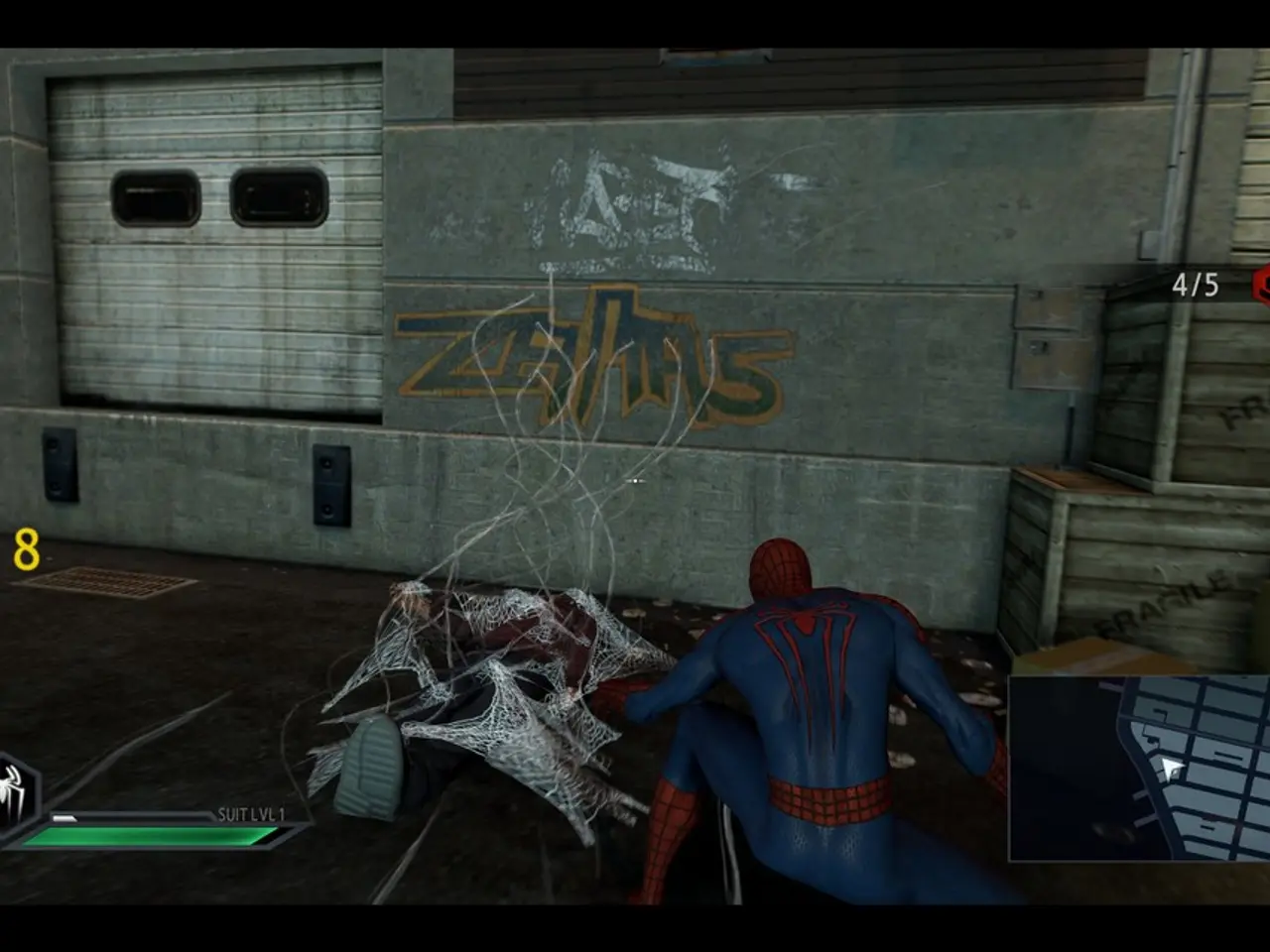Border controls with Germany and Lithuania will continue in Poland until October.
In a bid to address ongoing concerns regarding irregular migration, Poland has announced an extension of its temporary border controls with Germany and Lithuania until October 4, 2025. This decision, made by Interior Minister Marcin Kierwiński, comes as a response to increased attempts of illegal migration through Poland's borders, particularly from Lithuania.
The extended controls will have practical implications, such as increased border checks at multiple crossing points—16 with Germany and 3 with Lithuania. Heightened coordination between Polish and German authorities is also expected to minimize disruption.
The border controls, initially in place until August 5, now challenge the EU principle of free movement of people, as outlined in the Schengen Agreement. While Schengen rules permit temporary border controls in exceptional circumstances involving serious threats to public policy or internal security, Poland’s extended controls exemplify a broader trend in the EU where several states, including Germany, Austria, and the Netherlands, have reintroduced checks amid rising irregular migration concerns.
Lithuania, too, is strengthening its border controls. In Lithuania, controls are being carried out at 13 locations, including three border crossings. The remaining 10 border crossing sites will serve as 'ad hoc control sites', which can be used by local residents.
The migration movement is shifting towards other EU states, including Lithuania and Latvia. However, increased security measures have made the route via Belarus and Russia largely impassable. In response, Germany has introduced controls at its borders with Poland and the Czech Republic.
The main task now, according to Kierwiński, is to close the route to Lithuania and Latvia. He stated, "Today, the main task not only for us but also for our partners in the European Union is to close the route to Lithuania and Latvia."
Poland is also taking additional security measures. For instance, it is adding minefields to its 'East Shield' protective barrier with Russia and Belarus. Tensions in Poland over migrants remain high despite a drop in attempted crossings from Belarus.
The COVID-19 pandemic was an instance when Schengen countries implemented border controls. However, the reintroduction of controls may complicate intra-EU travel logistics and strain the Schengen Zone’s principle of seamless travel, raising questions about the future viability of fully open internal borders in Europe under current migration pressures.
Sources: [1], [2], [3], [4]
In the context of intensified irregular migration concerns, the European Union principle of free movement, as outlined in the Schengen Agreement, is being challenged by Poland's extended border controls with Germany and Lithuania until October 4, 2025. Simultaneously, politics and general-news topics revolve around heightened security measures in other EU states, such as Lithuania and Germany, where border checks have been reintroduced in response to these migration pressures. Crime-and-justice issues also arise due to the increased border controls and the subsequent effects on intra-EU travel logistics and potential strains on the Schengen Zone’s principle of seamless travel.








